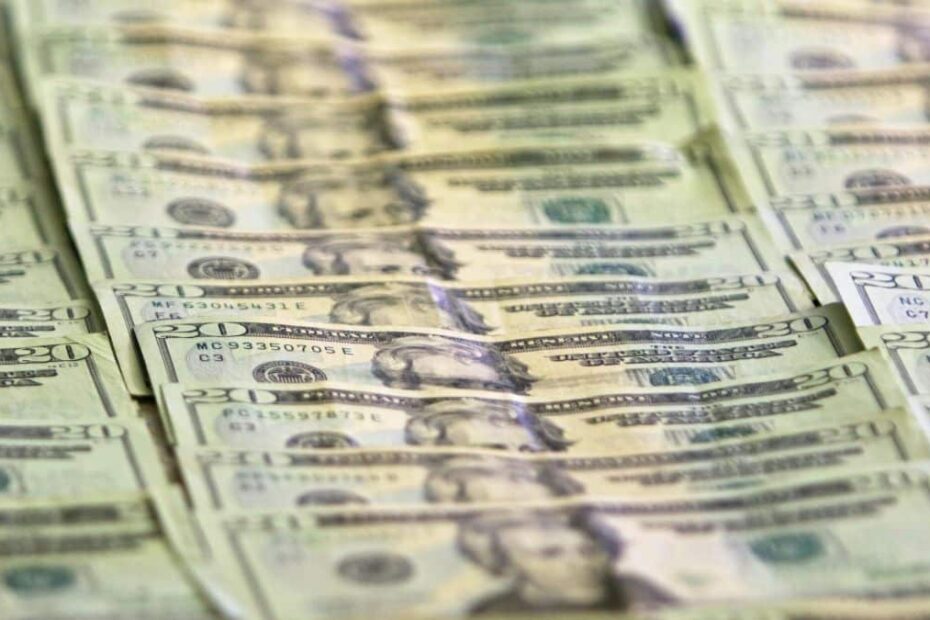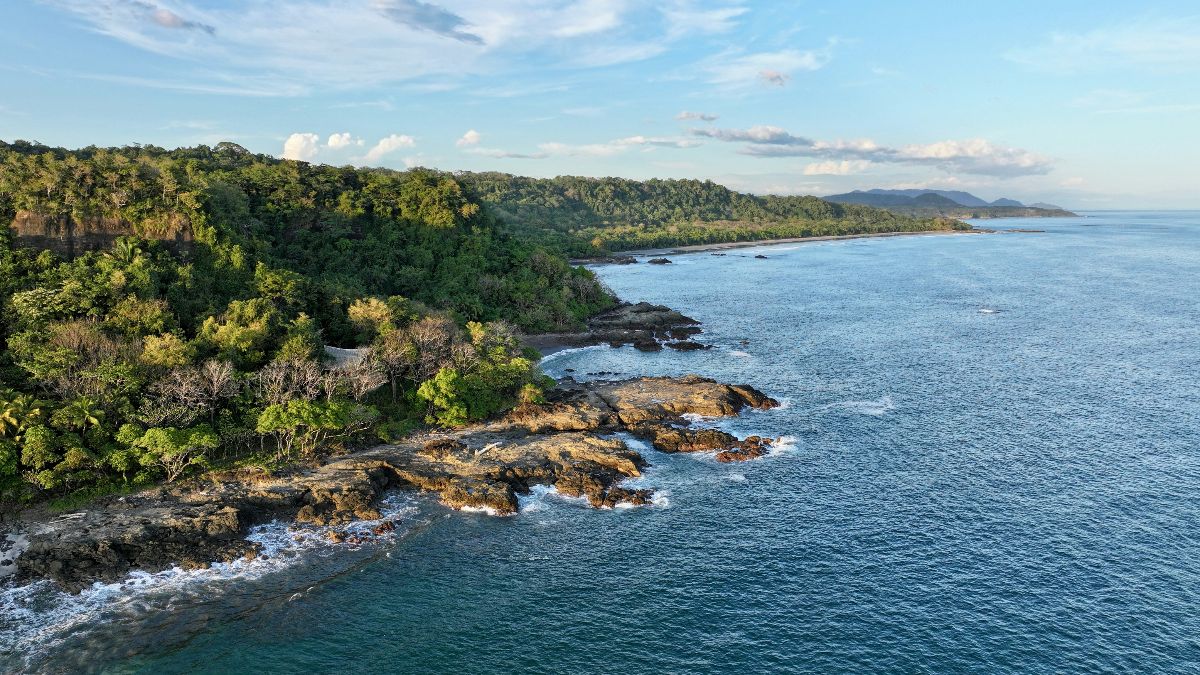Looking at the new tariffs on Costa Rica, which increased to 15% today, making it the only Central American country to face higher U.S. rates under Trump’s expanding trade policy.
Announced last week and effective today, Costa Rica became the only Central American country to face increased U.S. tariffs, as rates on its exports jumped from 10% to 15% under the Trump administration’s expanding trade enforcement program.
The increase represents a 5% jump from the original 10% tariff imposed in April, making Costa Rica and Nicaragua outliers in Central America.
Regional Comparison
The tariff landscape across Central America now looks somewhat different from when the Trump administration first rolled out its “Liberation Day” tariffs in April. At that time, the policy imposed a uniform 10% baseline on most of the region, with only Nicaragua the exception at 18%.
The original tariffs have already begun affecting regional economies over the past four months. Economic projections indicate slower GDP growth across Central America as the tariffs increase export costs and create uncertainty for key sectors like agriculture and manufacturing. For Costa Rica, the initial 10% tariff was projected to reduce GDP growth from 3.6% to about 3% in 2025, while countries like Guatemala and El Salvador have faced similar pressures from reduced export competitiveness.
Current U.S. tariff rates on Central American countries are:
- Belize: 10%
- Costa Rica: 15% (increased from 10%)
- El Salvador: 10%
- Guatemala: 10%
- Honduras: 10%
- Nicaragua: 18%
- Panama: 10%
Costa Rica is the only Central American country to see its rate increase from the original April levels.
BREAKING: Trump announces 'Liberation Day' tariffs affecting all Central American nations. Nicaragua faces 18% rate while others hit with 10%.https://t.co/00BiKiEDsy
— Central America Living (@VidaAmerica) April 3, 2025
Why Costa Rica?
According to the Trump administration, Costa Rica failed to make sufficient progress in addressing trade issues raised earlier this year, including non-tariff barriers, local tariffs on U.S. goods, and currency manipulation. Officials argue that Costa Rica benefits disproportionately from its trading relationship with the U.S. without offering comparable market access.
The White House claims that despite ongoing dialogue since April, Costa Rica has not taken sufficient action to reduce these barriers or align more closely with U.S. trade policy. Countries that the administration deems as making “insufficient progress” face escalation to the 15% minimum threshold under the current policy framework.
Costa Rica’s Response
Costa Rican officials reject the justification for the tariff increase. The Ministry of Foreign Trade (COMEX) maintains that the country runs a trade deficit with the United States, not the surplus claimed by U.S. authorities. Officials have called the U.S. claims “not consistent with the data.”
Foreign Trade Minister Manuel Tovar has characterized the move as “disappointing,” emphasizing that Costa Rica maintains an open and cooperative relationship with the United States. President Rodrigo Chaves has taken a more measured public approach, describing the situation as part of “ongoing conversations” while expressing confidence that a resolution can be reached through diplomatic channels.
Economic Impact
The tariff increase directly affects several key Costa Rican export sectors. Medical devices, coffee, pineapples, and bananas (all significant contributors to the country’s export economy) now face higher costs when entering the U.S. market. The medical device industry, which has seen substantial U.S. investment in Costa Rica over recent years, represents a particular area of concern for policymakers and business leaders.
The Costa Rican Chamber of Exporters (CADEXCO) has warned that the additional 5% tariff could undermine competitiveness and potentially discourage future investment in the country’s export sectors.
Are the recently announced Trump tariffs on Central America actually fair? We take a look at the actual trade numbers between Central America and the U.S.https://t.co/ainV8IWQgD
— Central America Living (@VidaAmerica) April 3, 2025
Broader Context
Costa Rica’s tariff increase is part of a wider U.S. trade enforcement effort that has targeted multiple countries worldwide. The current round of measures announced last week includes new or increased tariffs on countries like Brazil, Ecuador, Malaysia, and India in addition to Costa Rica. Some countries face rates as high as 25% or more, depending on the specific trade relationship and products involved.
The policy framework treats trade deficits as national security concerns and gives the administration authority to impose what it calls “reciprocal tariffs” on countries deemed to maintain unfair trading advantages.
What’s Next
Costa Rican officials continue to pursue diplomatic solutions, with COMEX coordinating ongoing negotiations with U.S. trade authorities. The government has not announced any retaliatory measures and appears focused on demonstrating that the tariff increase is both economically harmful and factually unjustified.
No timeline has been established for potential resolution of the dispute. For now, Costa Rican exporters and businesses must navigate the reality of higher costs when accessing their largest export market.



